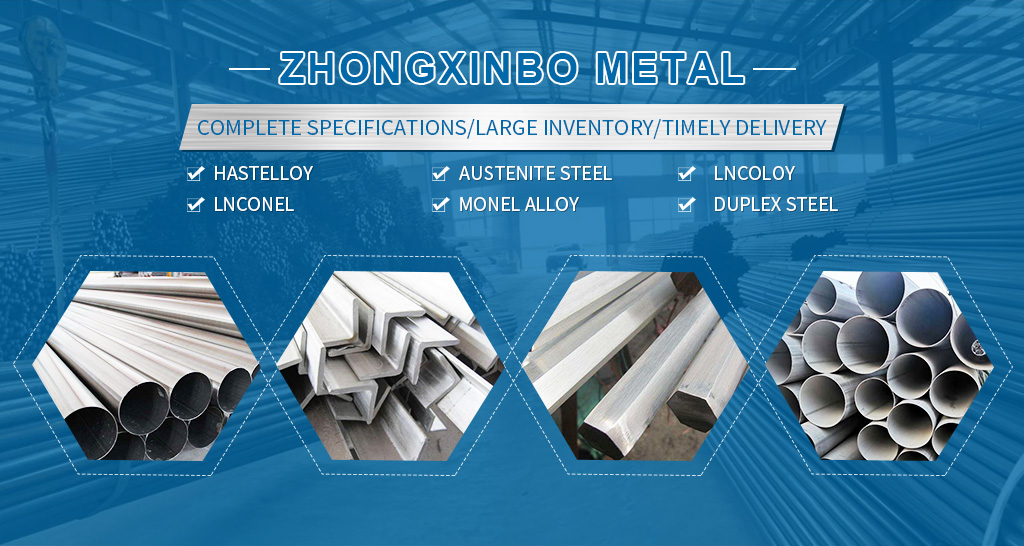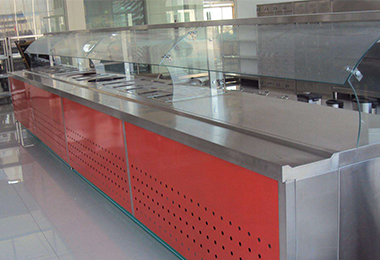Tel/Skype/WeChat:18961760661 Email:kayla@zxbmetal.com

The development of steel products in the 19th century was the main factor affecting modern architecture. The development of stainless steel in the 20th century has further expanded its wide application in buildings and structures.
Its stainless steel veneer and artificial ornaments are permanent features of the city's tall buildings. Since then, new processes for manufacturing stainless steel have been invented and the cost of construction has been significantly reduced, which enlarges the scope of practical application of stainless steel products. It makes the dependence between building and stainless steel more and more obvious. For example, exterior curtain wall, building roof, floor, etc.
Stainless steel has high strength and ductility, is completely impervious to water, rarely or even need maintenance, and is easy to form and weld. These unique properties are particularly suitable for roofs, whether flat, oblique, arched or curved. It can be painted with resin paint, as is widely used in roofs in Japan. It can also be manufactured by hand or made of standard profiles into uncoated metal roofs. Stainless steel roofs have been installed in many residential buildings, commercial buildings, municipal buildings and industrial buildings, gymnasiums and churches. Many of these decorations have been made into arcs, which increases the artistic sense of the building。
In the 1980s, lentil-shaped stainless steel flooring plate was first produced in Britain as a substitute for anticorrosive carbon steel. Since then, stainless steel flooring has been used in many different industries, such as food processing plants, slaughterhouses, industrial and chemical plants, hospitals, motor rooms, and even commercial buildings, offices and railway stations, due to various reasons, such as appearance, cleanliness master's degree, convenience and frequency of cleaning (sometimes chemical cleaning), restrictions on sanitary environment and cost. The stainless steel floor increases the practical function of the building. Stainless steel floors treated by electropolishing have the least possibility of hiding bacteria and dust. They are especially suitable for use in high-tech factories and food processing zones with low maintenance costs. Therefore, stainless steel is the ideal material.
-
Prev : Automotive field
-
Next :Food industry





